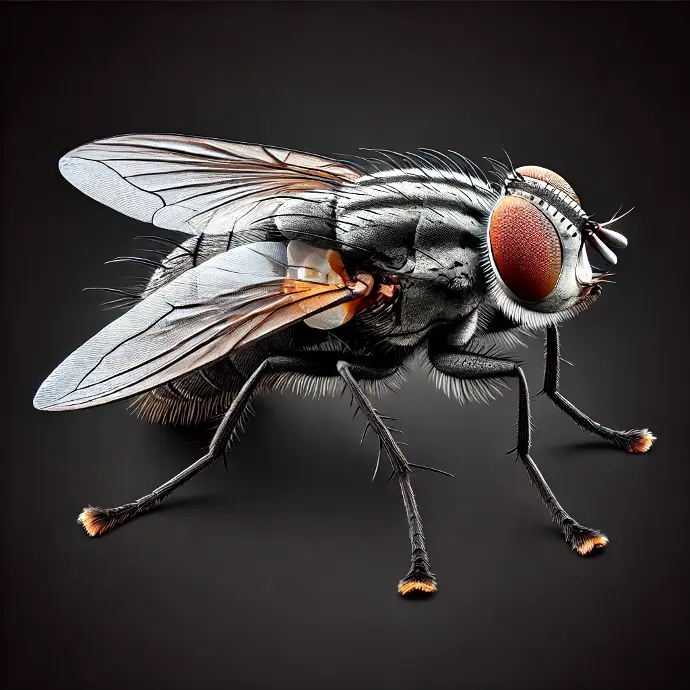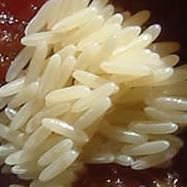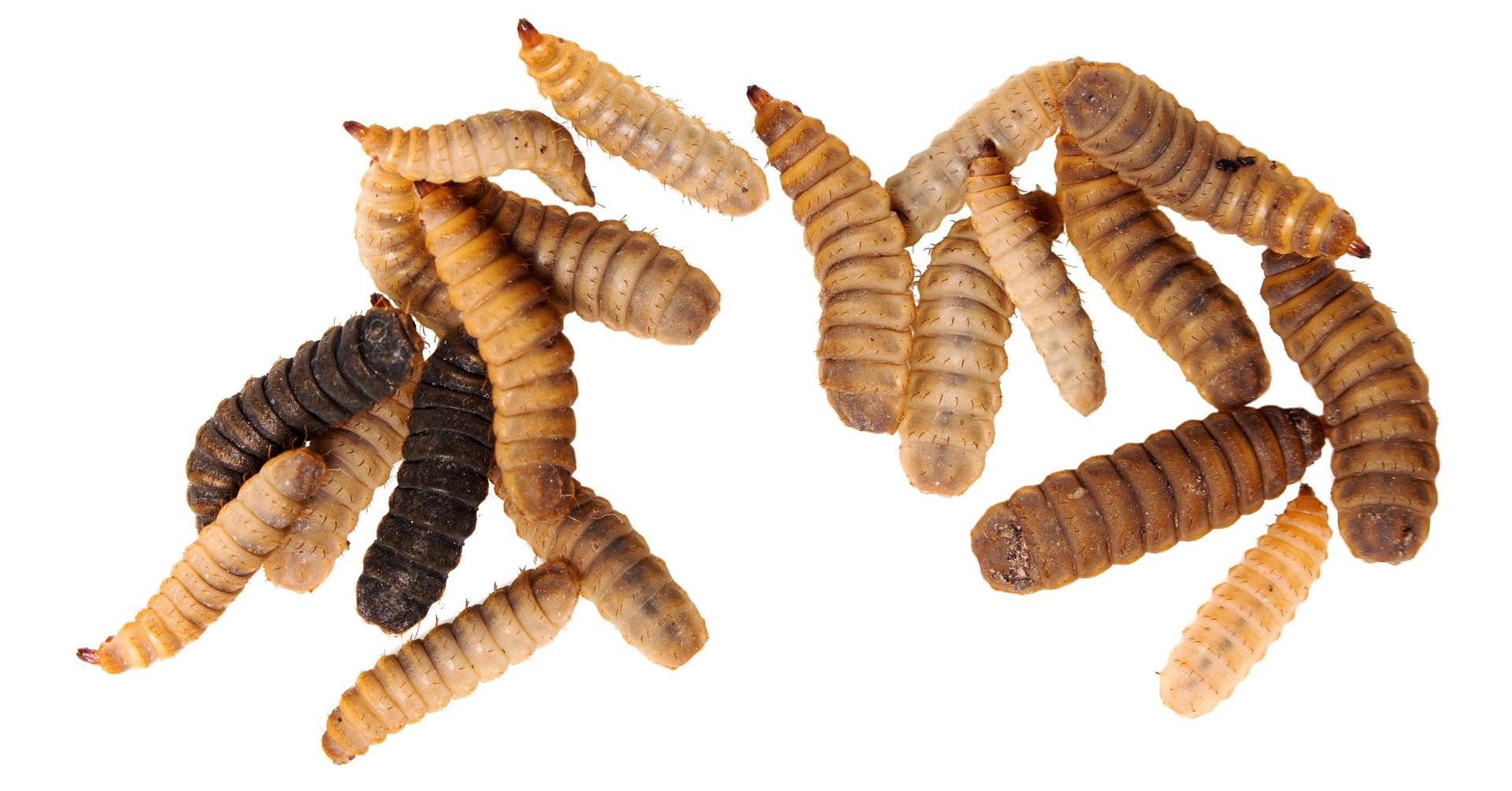Keep Flies Away, Protect Your Space – Discover Effective House Fly Solutions!
Identification
House flies (Musca domestica) are one of the most common pests found worldwide. Here's how to identify them:
Physical Appearance
Size: Adults are about 6–7 mm long.
Color: They have a gray or blackish body.
Eyes: Large reddish-brown compound eyes that occupy most of their head.
Antennae: Short, barely noticeable antennae.
Wings: They have two transparent wings with prominent wing veins; their wings overlap slightly when at rest.
Stripes: The thorax has four dark longitudinal stripes.

Distinct Features:
Mouthparts: House flies have sponging mouthparts, used to feed on liquid substances by soaking up liquids or softening solid food with saliva.
Behavior: House flies are attracted to decaying organic matter, waste, and sugary substances.



Life Cycle Stages:
- Egg: Small, white, and laid in batches on moist organic material.
- Larvae: Known as maggots, these legless
- Pupae: Brown, hard cases where the larvae transform into adult flies.
Feeding Preferences
House flies (Musca domestica) are opportunistic feeders, primarily attracted to moist, decaying organic matter such as rotting food, compost, and animal feces. They are also drawn to sugary substances like fruits, syrups, and fermenting liquids, as well as dairy products and garbage. Additionally, house flies may feed on decomposing meat or wounds on animals.

Habitat
House flies (Musca domestica) thrive in areas rich in organic waste, such as urban homes, farms, landfills, and food processing sites. They are attracted to garbage, manure, and decaying matter, using these for both food and breeding. Warm, moist environments are ideal for their activity, and they frequently enter buildings seeking food and shelter.
AIR Approach for House Flies:
- Assess: Inspect your home for potential breeding sites, such as garbage bins, food waste, and animal waste, to assess the severity of the infestation.
- Implement: Use targeted treatments like fly traps, insecticides, and sanitation practices to eliminate breeding materials and control the fly population.
- Review: Regularly monitor areas prone to fly activity, such as kitchens, trash bins, and outdoor spaces, and adjust treatments as necessary to maintain control.

Frequently Asked Questions
House flies have sponging mouthparts and cannot bite or chew solid food. They rely on their saliva to liquefy solid food, which they then sponge up. This process helps them feed on a wide range of liquid or softened organic material.
Because of their indiscriminate feeding habits, house flies can transmit various diseases as they pick up pathogens from one surface and spread them to food and surfaces they come into contact with.
House flies carry bacteria and pathogens on their bodies and mouthparts, picking them up from contaminated surfaces like garbage or feces. They spread these pathogens by landing on food, utensils, or surfaces, which can lead to diseases like salmonella, E. coli, and cholera.
The lifespan of a house fly (Musca domestica) typically ranges from 15 to 30 days, depending on environmental conditions such as temperature and availability of food. Under ideal conditions, house flies can reproduce rapidly, with females laying up to 1,000 eggs in their lifetime, leading to multiple generations in a short time.
Signs of a house fly infestation include the presence of adult flies, especially around food sources, garbage, or waste areas. You may also notice small black spots or specks of fly excrement, which can appear as tiny droppings on surfaces. Additionally, the presence of fly larvae (maggots) in decaying organic matter or food waste is a clear indicator of infestation. A persistent, buzzing sound can also indicate their presence, especially in areas where they gather in large numbers.
Yes, house flies do sleep, although their sleep patterns are different from those of humans. They tend to rest during the night or in dark, sheltered areas during the day. House flies often seek out warm, concealed spots like under furniture, in cracks and crevices, or on walls and ceilings to rest and conserve energy when they are not active.
Yes, a house fly infestation should be taken seriously. House flies are known carriers of various diseases, including salmonella, E. coli, and cholera, as they can transfer pathogens from waste to food and surfaces. Their rapid reproduction can lead to large populations in a short time, increasing the risk of contamination and potential health hazards. It's important to address infestations promptly through proper sanitation and pest control measures to minimize health risks and maintain a safe environment.